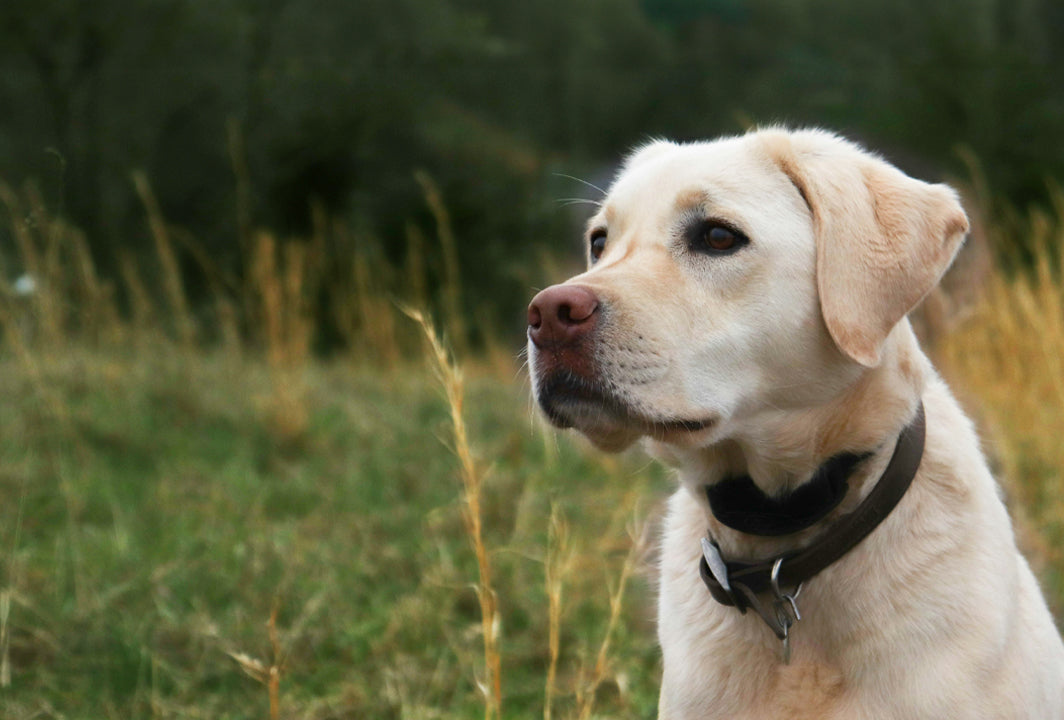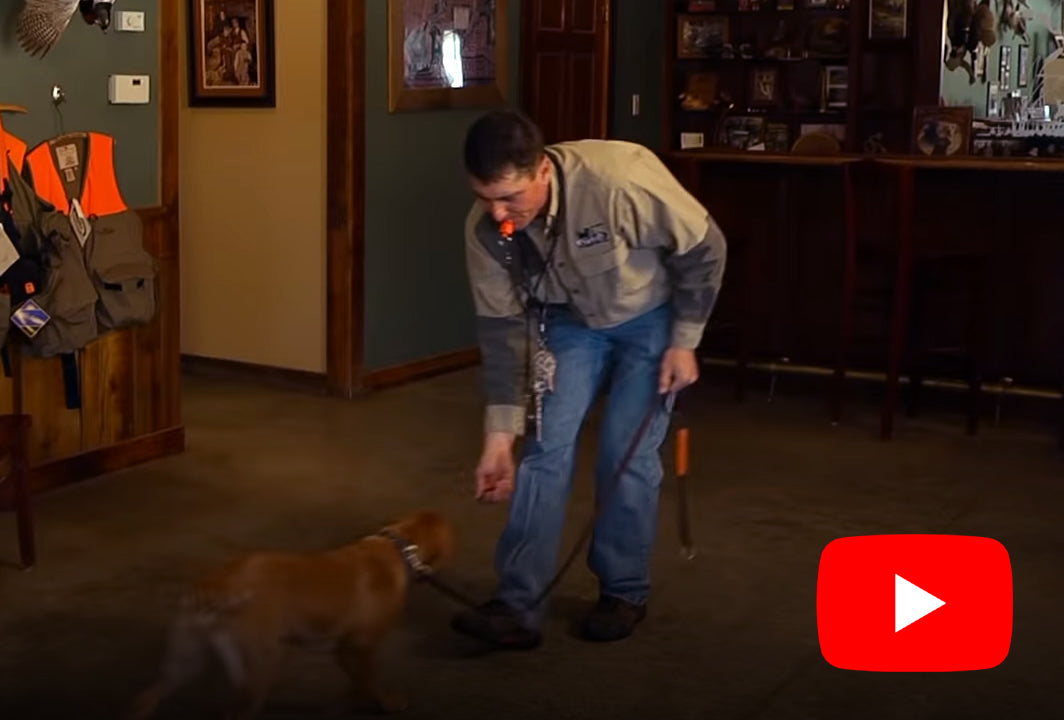How to Effectively Teach Your Dog to Sit, Heel, and Recall
Teach your dog to be obedient using the power of positive and negative reinforcement!

Having a perfectly obedient and trained dog is something that every dog owner dreams of. There’s nothing quite like the frustration of repeatedly asking your dog to "sit," only to be met with blank, stubborn eyes. You want to show your dog that you’re the master, not him! And it is possible. Let’s go over how to effectively teach your dog to learn and obey commands such as sit, heel, and recall.
Get Your Dog Excited
To lay the groundwork for training, you have to get your dog focused on training by getting him excited about it! Before beginning each training session, keep your dog in his crate for around 30 minutes. This will help funnel your dog's energy and enthusiasm into the actual training session! You're most likely going to get a better result if you keep your dog a little bored before you start your training. That makes the training look fun to him! To get started, put your leash and strap collar on your puppy.
Next, make sure your dog knows that you have treats in your hand and that he’ll take them out of either hand. The technique of using treats to get the dog to learn a procedure is called "luring."
Positive and Negative Reinforcement Training
Once he knows that you've got treats in your hand, you can begin manipulating your dog to do all kinds of different things. This is a tactic using positive reinforcement!
The negative reinforcement will be the use of the lead. The lead is going to help you control your dog and move him around a bit. When you pull on the lead, it's going to produce a slightly negative effect. This is because dogs don’t like to be tugged on, and he's going to change his behavior due to the pull of the lead. This is what makes positive reinforcement and negative reinforcement work!
Teaching Your Dog to Sit
You may have already begun teaching your dog to sit before he eats, and that’s perfect! Now you can teach him how to sit using two things: a leash and treats.
Hold the treats while leading him around with your hand. This will get him moving and excited. Next, you're just going to raise the lead and raise the treat. If you hold the treats at an angle, this enables you to keep your dog's attention and get him to look up. When he looks up, this puts him in a natural sitting position.
Don’t begin by saying the word "sit" or giving a sit whistle to your dog when they're not listening. Wait until he starts performing the command, then go ahead and actually start using the verbal command itself. You’re going to wait until he’s actually performing the task, so he has a positive association with it. You want him to be confident when he hears the word "sit!" Keep in mind, in the beginning, it’s important that you accept even a small amount of progress.
Begin with Short Obedience Sessions
It’s best to begin with small microsessions for each concept that you're working on during your obedience session. Your obedience session should only be about 10 to 15 minutes long. Dogs have a short attention span, and you're going to work in several microsessions within your total macrosession. For each of your obedience sessions, you’ll keep working a little bit at getting your dog to sit. This helps ensure that each time you switch subjects, you end with a success. And your dog is going to remember that!
Teaching Your Dog to Heel
You can start working on teaching your dog to heel. To do this, present the treat and have the lead in a position where you can easily control your dog. Use the leash by tugging on it when he doesn't listen, and give him a treat when he does listen. Make sure to get him used to walking next to your heels.
You can teach him multi-sided heeling as well. The way to do this is by teaching him how to heel on either side of you, then just keep switching sides. And when your dog is doing exactly what you want him to do, say the command “heel” to build association!
Lure him into doing things you want, and at the same time, get him used to the feeling of negative reinforcement when he doesn't listen. Remember, don’t tug hard on the lead. Simply tug enough so that it's kind of an annoying feeling that your dog wants to go away.
Teaching Your Dog to Recall
The third thing that you’re going to teach your puppy is to recall. Recalling your dog to your side is very easy, you can actually use the command “heel!” This gets your dog back to your side quickly, without having to teach him an additional command. Now, you’re also going to associate the whistle. The whistle command for the recall is multiple blows on the whistle. If you're going to use a whistle during training when your dog is an adult, make sure to use it during your puppy's training. The sooner you can incorporate this element into your puppy, the better!
Next, move your dog far away from you for the recall, then call him and tug the lead. When the dog comes to you, go ahead and give him a treat. This is positive and negative reinforcement working together.
Keep Training Every Day
That's how you start teaching your dog what each command means, and it’s equally important to help your dog understand the types of reinforcements he will see during the training process! As you progress with your dog and he ages, your expectations of his performance should increase each day.
For instance, in the beginning, you’ll be happy with your dog simply sitting. But as time goes on, you’ll get him to stay for longer periods of time and strive for 75% success, making sure to end each microsession with a success before moving on. If you end with a success, you’re always going to be progressing in your dog training—which is the goal!
Keep in mind that there are many different elements that have to be present in order to have a good dog training experience. The three main ones are the right grounds, the right equipment, and the right dog. When you have those three elements right, the training process will be easy!




